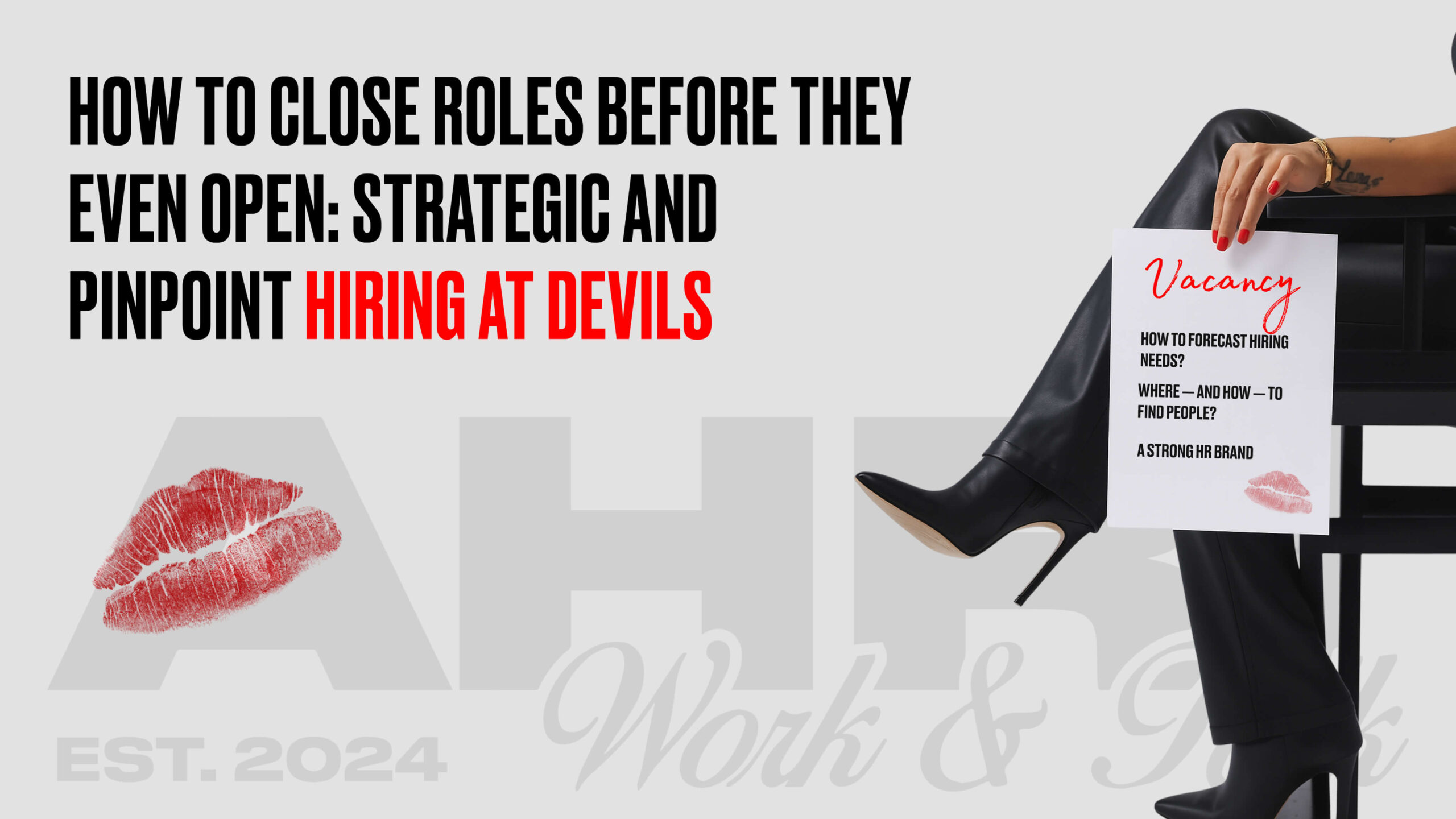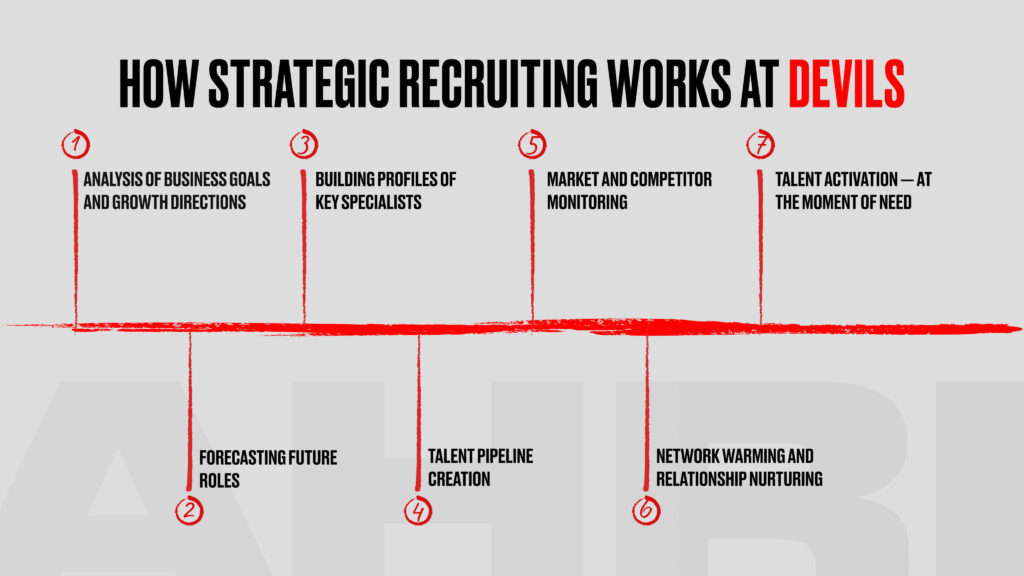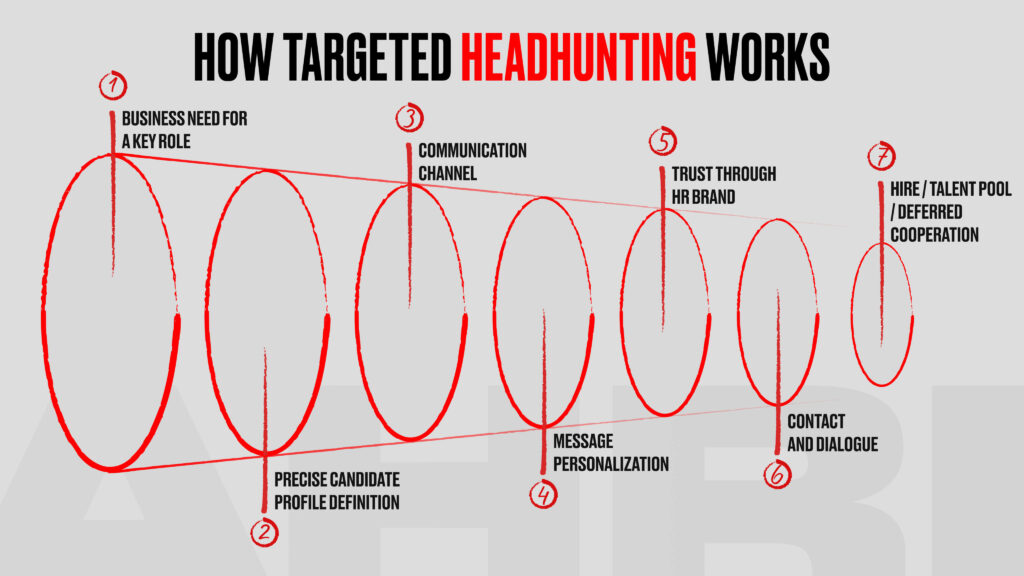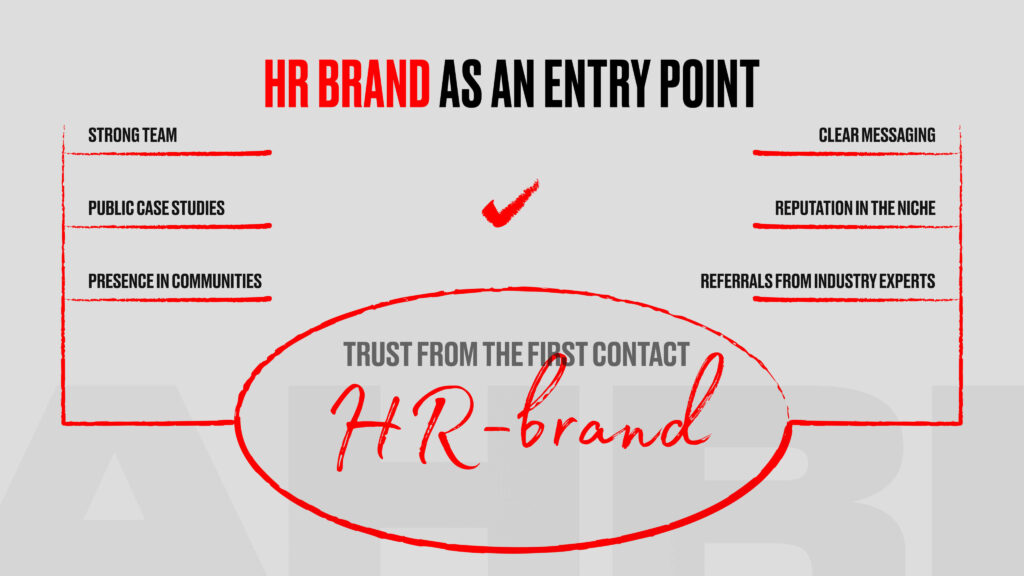Don't miss interesting news

During the active scaling phase, affiliate companies often face a talent gap: opportunities arise faster than the team can respond.
Expanding sources, launching new offers, entering new GEOs — all of this requires fast and precise hiring decisions. And it’s exactly at the critical moment that it becomes clear: the right specialist isn’t there. Or they are — but too late.
As a result, the company loses momentum, and the team operates in a state of chronic overload — covering not only tasks but also staffing gaps.
To prevent scaling from turning into constant firefighting, a different recruitment model is needed — one that’s focused not on vacancies, but on business goals and growth dynamics.
In this context, strategic recruiting and pinpoint hiring play a key role — as approaches that allow you to build a team not for the current situation, but for the long-term trajectory.

In our system, strategic recruiting is primarily about enabling the business to grow without loss. It’s a separate track of work with the team that runs in parallel with the operational closing of roles. The recruiter doesn’t wait for a request — they already understand what roles the company might need, and start working with the relevant profiles before they become urgent.
This process involves close collaboration with management and C-level. The recruiter has a deep understanding of where the company is headed, which functions will need reinforcement, and when and where new projects are expected to launch.
Based on this, a talent pipeline is built — not “just in case,” but with a clear idea of whom we can bring in when the moment is right.
Alongside working with leadership, the strategic recruiter constantly monitors the market: who competitors are hiring or losing, and which areas are gaining strength.
This allows not only to adapt recruitment strategy but also to provide the business with actionable insights — where we can strengthen, who is worth engaging, and who we should reach out to.
When it comes to launching new verticals or finding heads of departments, the recruiter shifts to targeted interaction with candidates. At this stage, it’s not just about keeping a network warm — it’s about precisely identifying and reaching out to those who truly match the profile.
This is where pinpoint hiring comes into play — as a tool for directly engaging key specialists.

Pinpoint hiring is a continuation of strategic recruitment, but with a more applied and targeted focus. It’s no longer about candidate flow — it’s about working directly with specific individuals the company wants to see on the team, even if they’re not actively looking.
In most cases, these are specialists with unique experience — top managers, department heads, niche experts — for whom there simply is no market of “available” candidates. In such situations, standard methods don’t work — there’s no point in waiting for the right person to apply or suddenly become available.
That’s why we reach out directly — through our network, referrals, or cold outreach. But before initiating any dialogue, it’s crucial to clearly understand who we’re looking for: what tasks this role will solve, what level of maturity is required, and what experience will actually be relevant in our context.
This is profile work on a level of precision — knowing whom to pursue and whom not to, even if a résumé looks impressive.
Next comes another critical element: how we present ourselves. In pinpoint hiring, the offer only works if it’s backed by a reputation. If the candidate knows nothing about the company — the conversation might never happen at all.
That’s where the HR brand comes to the forefront — as the entry point that opens doors, even to those who aren’t actively looking.

In strategic recruiting and pinpoint hiring, the HR brand plays a key role — it shapes the first impression even before the conversation starts.
Even if the candidate isn’t actively looking, the mere fact that they’ve heard something about the company, know the team, or associate it with strong names — significantly increases the chances of contact and openness to dialogue.
For us, an HR brand isn’t about visibility for the sake of visibility. It’s about meaning. Who we are, who we work with, what quality we deliver, how we grow people. These are the signals that shape perception — through communication, referrals, and the precision of messaging.
And these are the very things that determine whether a person is ready to listen — and whether trust is established from the very first minutes of the conversation.
Strategic recruiting and pinpoint hiring aren’t about fast vacancy closure. They are two sides of the same systematic work with people: one builds the foundation in advance, the other hits the target at the moment of need. Together, they drive business growth today and lay the groundwork for tomorrow’s moves.
In markets where timing is everything, it’s consistency that helps you not miss opportunities. That’s why our model isn’t about chasing the market — it’s about working ahead of it. Confidently and on time.
Our own pipeline. Our own network. Our own points of influence. And a team that doesn’t just respond to change — but is ready for it before it even happens.